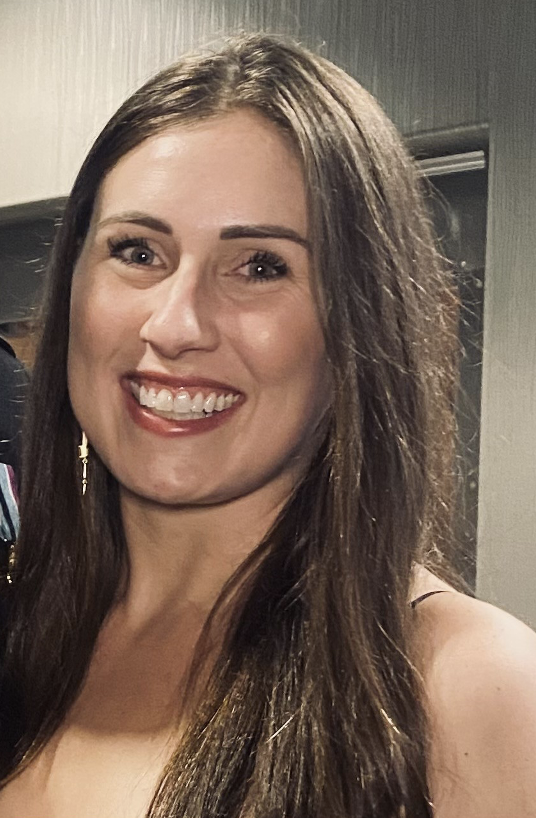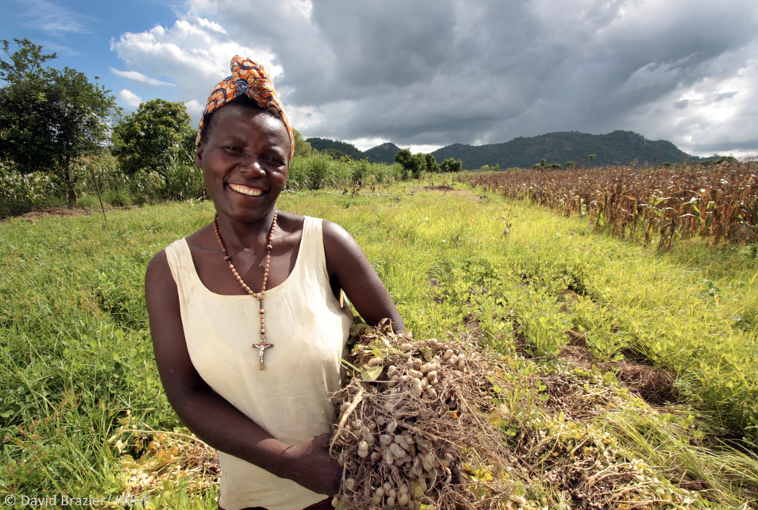Hello, AEA365 community! Liz DiLuzio here, Lead Curator of the blog. This week is Individuals Week, which means we take a break from our themed weeks and spotlight the Hot Tips, Cool Tricks, Rad Resources and Lessons Learned from any evaluator interested in sharing. Would you like to contribute to future individuals weeks? Email me at AEA365@eval.org with an idea or a draft and we will make it happen.

Hi folks, my name is Caitlin Showalter—I am a Technical Advisor in Monitoring, Evaluation, and Learning with the Palladium Group and based in eastern North Carolina. This was my first year attending the AEA conference, and what an impressive gathering of minds, stories, and hopes for the future of evaluation! I presented as part of a group of panelists to discuss evaluation in global health programs, representing the USAID-funded Data for Impact (D4I) project and our work on the Second Periodic Assessment of USAID’s Multi-Sectoral Nutrition Strategy (MSNS).
What did we do?
The MSNS (2014–2025) was developed to guide and inform USAID nutrition policies and programs in both humanitarian and development contexts to improve economic productivity, resilience, and overall nutritional status to save lives. Our team conducted an assessment to understand how countries used USAID’s MSNS to design, implement, and monitor nutrition interventions. Five focus countries were included—Bangladesh, Mali, Nepal, Rwanda, and Uganda—representing a range of environmental, economic, and cultural contexts to highlight both country-specific experiences and the broader story of MSN programming.

© 2013 David Brazier/IWMI
The assessment started with a review of nutrition indicators and targets for each country, followed by an online survey sent to USAID country missions outside the five focus countries to provide a holistic picture of how the MSNS was used. One of the common threads across the AEA sessions I attended was ensuring participatory design and implementation of evaluations. Throughout the assessment, D4I ensured we were talking to the right people. A wide range of stakeholders were interviewed and shared their unique experiences and testimonies, including staff at USAID and missions, implementing partners, and external development partners who worked in nutrition programming.
This mixed-methods approach resulted in an abundance of data describing program-specific nutrition wins, candid challenges, and robust recommendations for future MSN programming. The data were categorized into themes and compelling quotes were used to draft country case studies resulting in a final report that tells a story of MSN programming across the five countries.
What did we find?
Overall, each country journeyed through progress, adaptation, and coordination, and encountered internal and external challenges, as illustrated below.
![Quote from an implementing partner: “One of the most effective things on the implementation side … [was conducting] routine participatory surveys, giving a monthly sample of outcomes … [which] is not statistically [representative] but … [keeps a pulse on what is working and what is not.”](https://aea365.org/blog/wp-content/uploads/2023/11/Screenshot-2023-11-19-at-10.24.21-PM.png)
- All five countries have made excellent progress in reducing malnutrition, but challenges remain, such as reducing anemia among children and women ages 15-49.
- The MSNS has played a key role in influencing the design of USAID-funded projects—including, in all five countries, the development of national MSN plans.
- Translating national MSN plans into action is difficult and requires increased capacity support for designing and implementing interventions.
- Social and behavior change, gender, social inclusion, and local governance approaches were the most successful in improving nutritional outcomes.
- Countries should continue strengthening the enabling environment for MSN programming at all administrative levels and across sectors.
At the end of my presentation, I was asked, “If you had more time and resources, what would you have done differently?” This great question is one that many evaluators ponder in the face of inevitable constraints on time, budgets, and resources. While D4I had the opportunity to disseminate the findings directly to USAID missions, ideally, stakeholders across the five countries would convene together at a dissemination event. Providing a platform for key decision makers and implementers to engage in dialogue and interact with the evidence can be a game changer in how recommendations are used—and that is what we evaluators are all about, facilitating meaningful change.
Do you have questions, concerns, kudos, or content to extend this aea365 contribution? Please add them in the comments section for this post on the aea365 webpage so that we may enrich our community of practice. Would you like to submit an aea365 Tip? Please send a note of interest to aea365@eval.org . aea365 is sponsored by the American Evaluation Association and provides a Tip-a-Day by and for evaluators. The views and opinions expressed on the AEA365 blog are solely those of the original authors and other contributors. These views and opinions do not necessarily represent those of the American Evaluation Association, and/or any/all contributors to this site.
